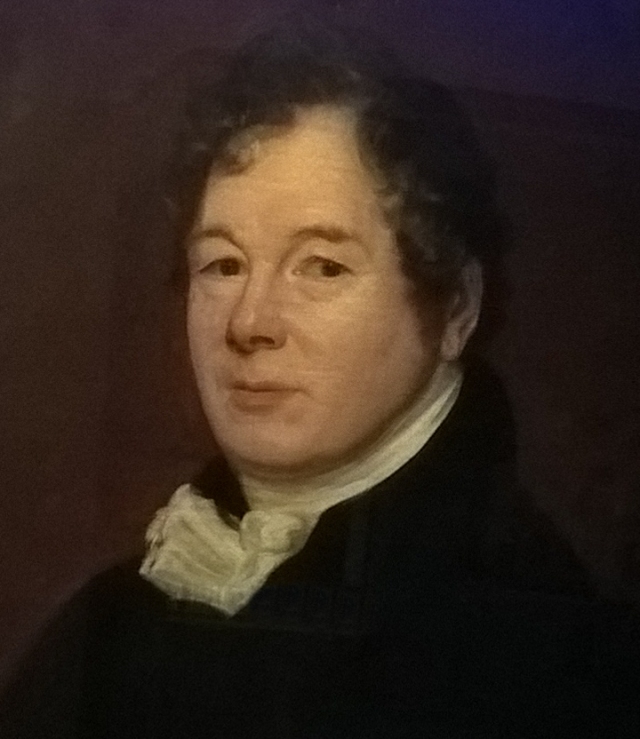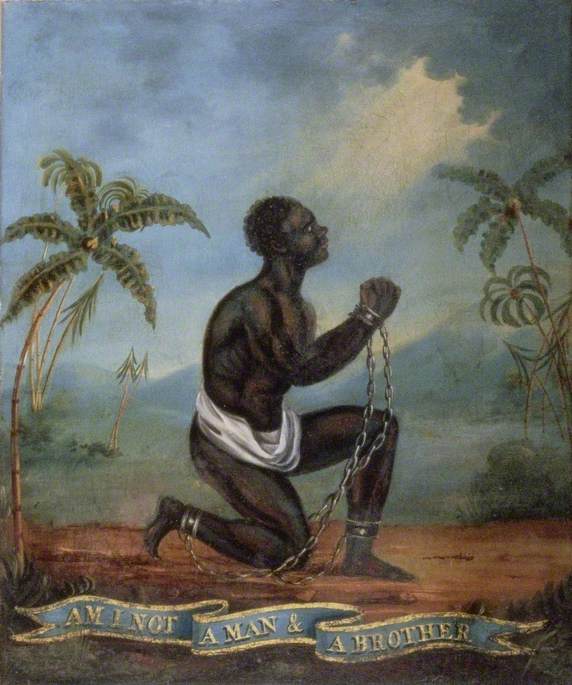I thought long and hard about whether to publish this on the blog, but decided that, despite being almost unbearable to read, it was merely one short extract which doesn’t even come close describing the horrors that slaves endured during the Georgian Era on a very regular basis but decided it needed to be shared. I do however, warn you from the outset, this does not make for easy reading.

This extract comes from a newspaper article published in September 1806, but it is also available to read in Volume 3 of the work written by Dr George Pinckard. His 3 volumes are available to read online (see below).
This work, which would be interesting at any time, derives a peculiar interest at the present moment, from the light which is thrown on that great question, respecting the African Slave Trade, and the system of slavery which it feeds in our West-Indian colonies, now passing under the review of the legislature of this country. The facts recorded by Dr Pinckard, are the result of his own personal observation, serve strikingly to develop the real nature of colonial bondage and are therefore entitled to particular attention from the public. The following extract will furnish a specimen of the kind of information which is to be derived from these interesting volumes, while it will afford fresh proof of West Indian humanity. The circumstances detailed in it are stated to have occurred on the estate of an English planter at Demerara, where Dr Pinckard himself was stationed at the time, and are as follows:
Two unhappy negroes, a man and woman, having been driven by cruel treatment to abscond from the plantation at Lancaster, were taken a few days since, and brought back to the estate, when the manager, whose inhuman severity had caused them to fly from his tyrannical government, dealt out to them his avenging despotism with more than savage brutality. Taking with him two of the strongest drivers, armed with the heaviest whips, he led out these trembling and wretched Africans early in the morning, to a remote part of the estate, too distant for the officers to hear their cries; and there, tying down first the man, he stood by, and made the drivers flog him with many hundred lashes, until, on releasing him from the ground, it was discovered that he was nearly exhausted; and in this state the inhuman monster struck him with the but-end of a large whip, he fell to the ground; when the poor negro, escaping at once from his slavery and his sufferings expired at the murderers feet. But not satiated with blood, this savage tyrant next tied down the naked woman, on the spot by the dead body of her husband, and with the whips, already deep in gore, compelled the drivers to inflict a punishment of several hundred lashes, which had nearly released her also from a life of toil and torture.
Hearing of these acts of cruelty, on my return from the hospital, and scarcely believing it possible they could have been committed I went immediately to the sick house to satisfy myself by ocular testimony; when alas! I discovered that all I had heard was too fatally true: for, shocking to relate I found the wretched and almost murdered woman lying stark naked on her belly, without any coverings to the horrid wounds which had been cut by the whips, and with the still warm and bloody corpse of the man extended at her side, upon the neck of which was an iron collar, and a long heavy chain, which the now murdered negro had been made to wear from the time of his return to the estate.
The flesh of the woman was so torn, as to exhibit one extensive sore from the loins almost to her hams; not had humanity administered even a drop of oil to soften her wounds. The only relief she knew was that of extending her feeble arm in order to beat off the tormenting flies with a small green bough, which had been put into her hand for that purpose by the sympathizing kindness of a fellow slave. A more shocking and stressing spectacle can scarcely be conceived. The dead man and the almost expiring woman had been brought home from the place of punishment, and thrown into the negro hospital, amidst the crowd of sick, with cruel unconcern. Lying on the opposite side of the corpse was a fellow sufferer in similar condition to the poor woman. His buttocks, thighs and part of his back, had been flogged into one large sore, which was still raw although he had been punished a fortnight before.
The owner was challenged about the severity of his manager’s action and said that the slaves only got what they deserved. The law of the colonies restricted slave owners to lashings of up to a maximum of 39, but the fine being so small for excessive use meant that 100 lashes were very commonplace.

Useful Slavery Resources
Legacies of British Slave-ownership
Featured Image
Guyana owners house at Hope Estate in Demerara, Mahaica region. Courtesy of digital collections University of Wisconsin

Great post, although yes, quite a disturbing read. I didn’t know there were laws that restricted lashings. Perhaps a very small step in the right direction, but how did they even attempt to regulate them? Such cruelty is unimaginable but so necessary to be reminded that is was a reality, so thank you for this post.
LikeLike
I’m pleased you found the post interesting. I very much doubt it was policed, hence so many highly excessive beatings and with minimum fines being applied it wasn’t something that slave owners were worried about. For many, they owned a slave as possession, so felt they could treat ‘it’ as they saw fit – a truly shocking period of our history 😦
LikeLike
I hope this horror story was one that helped to end slavery. One factor that ended it in Britain was the Industrial Revolution, which reduced the need for importing slaves. But of course it brought in a new type of slavery – exploited industrial workers.
LikeLike
Thank you so much for your comments and we really do have to hope that this was one of the incidents that saw change happen.
LikeLike
Reblogged this on The Owl Criminology.
LikeLike
Pingback: “Slavery in Guyana during the Georgian Era” {@lgt41: I just by chance stumbled upon this while searching for images of houses in Guyana during 1949. I recently visited the National Museum of African American History & Culture. I was blown away by
to begin with our story didn’t begin with slavery that word and term comes out of a part that was once called Slovenia a part of Russia.
LikeLike